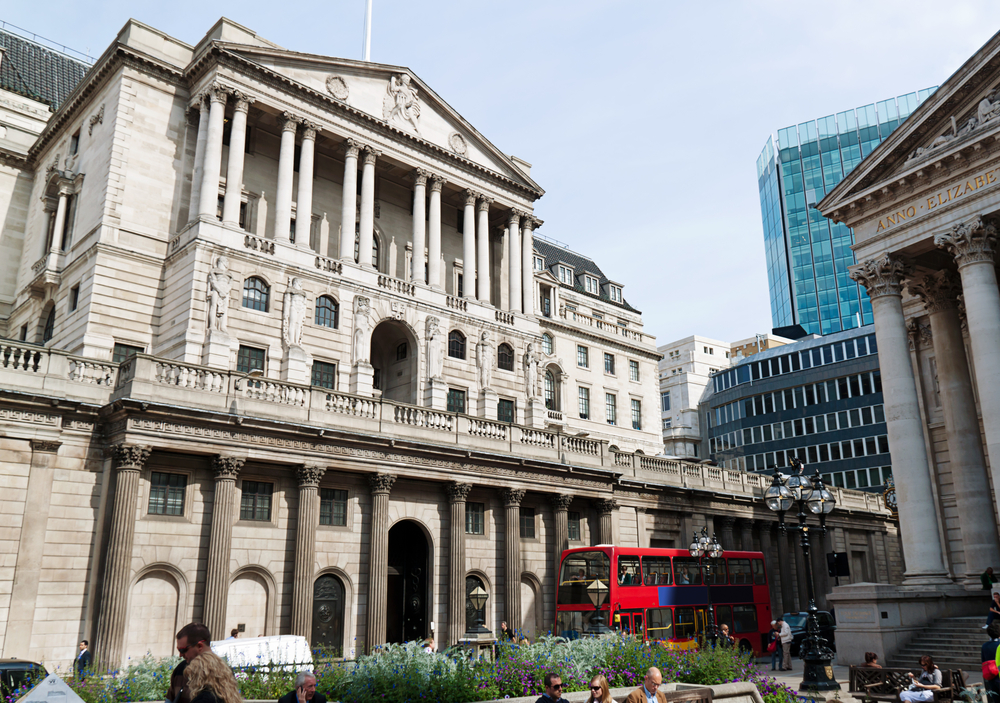
Monetary Policy & Inflation | Rates | UK

Monetary Policy & Inflation | Rates | UK
This article is only available to Macro Hive subscribers. Sign-up to receive world-class macro analysis with a daily curated newsletter, podcast, original content from award-winning researchers, cross market strategy, equity insights, trade ideas, crypto flow frameworks, academic paper summaries, explanation and analysis of market-moving events, community investor chat room, and more.
The BoE cut 25bp with a vote split of 7:2. The two dissenters wanted 50bp, but I read little into this. One came from Dhingra, a perennial dove. The other was from Mann, the arch hawk (albeit one whose rationale signalled to the market that rates need to be lower, despite still seeing policy as needing to be restrictive).
The assessment of the economy was more pessimistic. But feedthrough into the inflation profile appeared tempered by weaker supply-side expectations and longer-term impact of the near-term one-off inflation rises.
The crux of the statement remained that the BoE looks for gradual easing. They added ‘careful’ to this process, rationalized as an acknowledgement of increased uncertainty (likely mostly from US tariff policy).
Discussion included the update in r* estimates, but these were caveated and lacked detail. Lombardelli summarised it as r* having risen to 2-4% from 2-3% pre-COVID. I infer this means they can continue cutting for now without issue.
The data forecasts (more detail below) lead me to expect the BoE will retain their quarterly cutting profile near term. That means they skip March and cut again in May. But by the 19 June meeting, the weight of the data should allow them to cut then too.
The easing acceleration should come by 7 August at the latest (based on my forecasts) because by then they will have:
I still see the BoE cutting at least 100bp this year (75bp more), likely delivering 125-150bp. I keep the long SFIZ5 and gilt steepeners.
In line with our expectation, the near-term inflation outlook was revised significantly higher. But the BoE exceeded our expectation with the lower amount attributed to the one-off effects. Even excluding the NIC rise, the rise in water bills, and other regulated rises, the profile is still very high versus our expectation (Chart 1).
Their assumptions (versus ours) are:
Elsewhere, the BoE has revised up their expectation for food prices. They assume the recent hot trend continues for now. We revise up ours to match.
In core goods, their assumptions are slightly less hawkish than ours (although the comparisons are tough given different compositions). Their assumptions about energy and fuel roughly align with ours.
The main driver of disparity is services, especially services not driven by one-off effects. Who is more correct on this front should be clear come April, at which point the non-one-off forecasts deviate most (Chart 1).
We will only have this data by the June meeting. If the data aligns with our expectations, this trigger an acceleration of cuts to 25bp per meeting.
We think the upward revision to inflation at the end of the horizon conflicts with a deteriorating economy. Their supply-side assumptions appear to drive this, but we expect these will prove too hawkish.
Unemployment rate was revised back up after the recent overshoot in the LFS data. We agree that the labour market is loosening rapidly but put little weight on the BoE’s analysis. The upward revision across the entire horizon comes after the November MPR saw a strong downward revision after unemployment missing. Clearly, the LFS numbers are volatile but trending upwards. Ahead they may oscillate back down, but more importantly other indicators of employment growth have largely stalled.
In pay growth, the BoE has raised their forecast in parallel after the recent spike higher. This apparently sits completely separately from the change in unemployment they are assuming and the likely suppressant effect of the NIC rise. As such, it could also prove bullish.
GDP growth was revised down as expected near term, in line with the stagnation in Q4 GDP. The path was, however, raised in 2026 and 2027 to a healthy 1.8% YoY rate (Chart 6).
On the supply side, the population was revised up as expected, but productivity was revised downwards. The net impact was a narrowing excess of supply over demand by the forecast end.
Spring sale - Prime Membership only £3 for 3 months! Get trade ideas and macro insights now
Your subscription has been successfully canceled.
Discount Applied - Your subscription has now updated with Coupon and from next payment Discount will be applied.